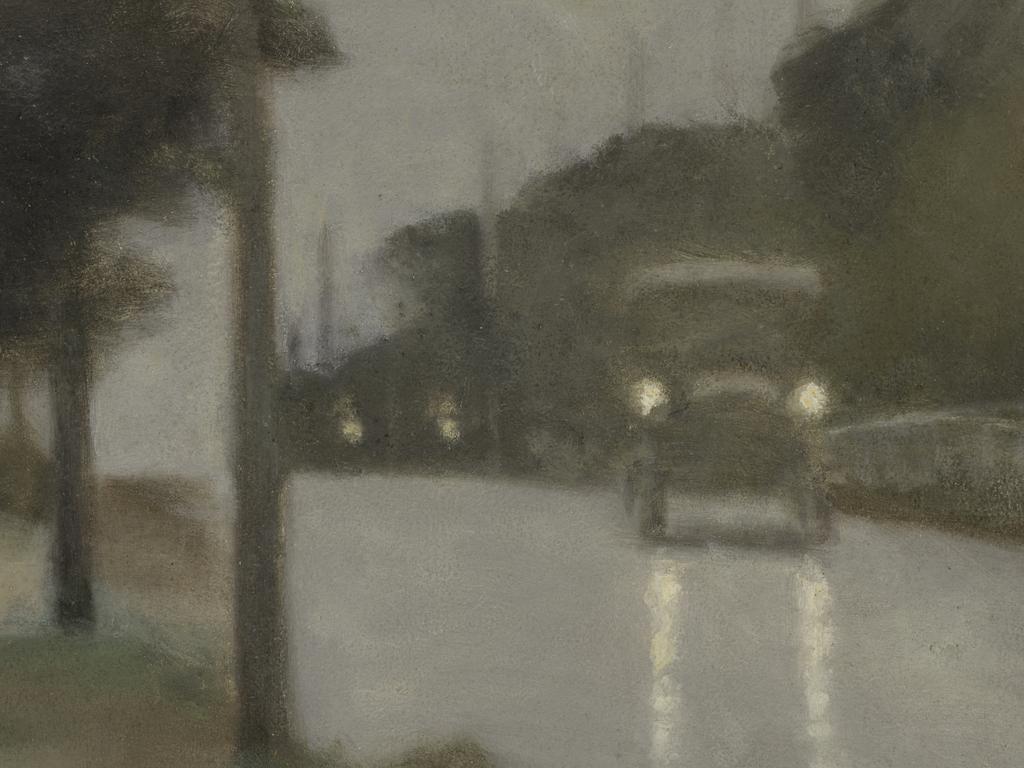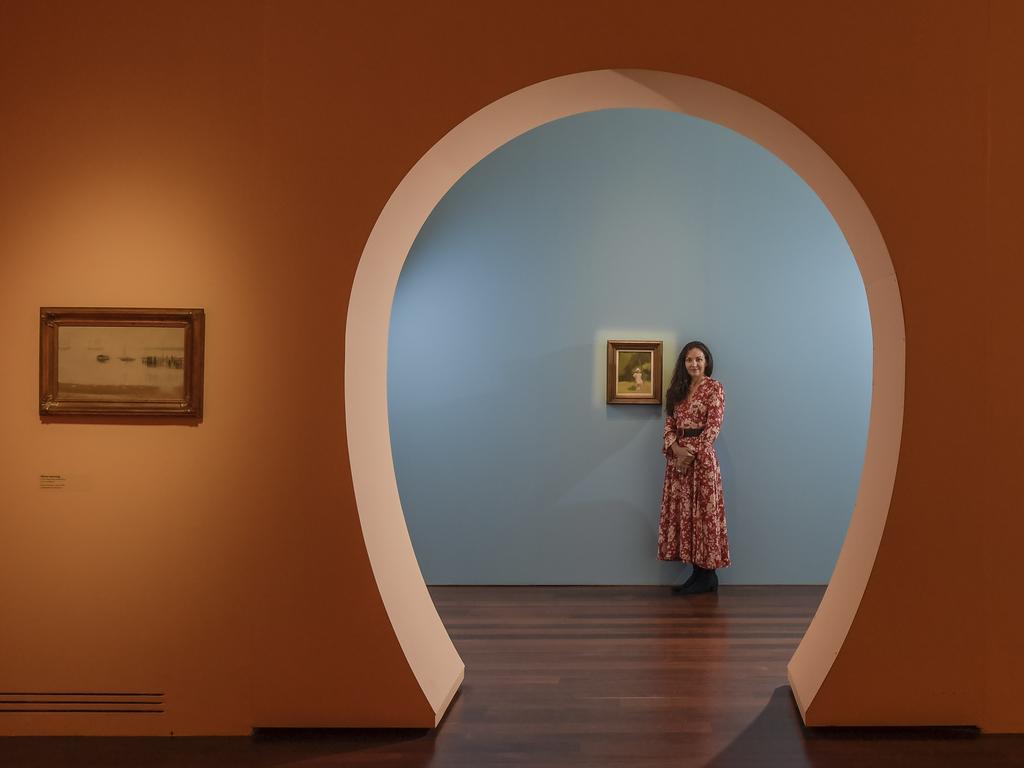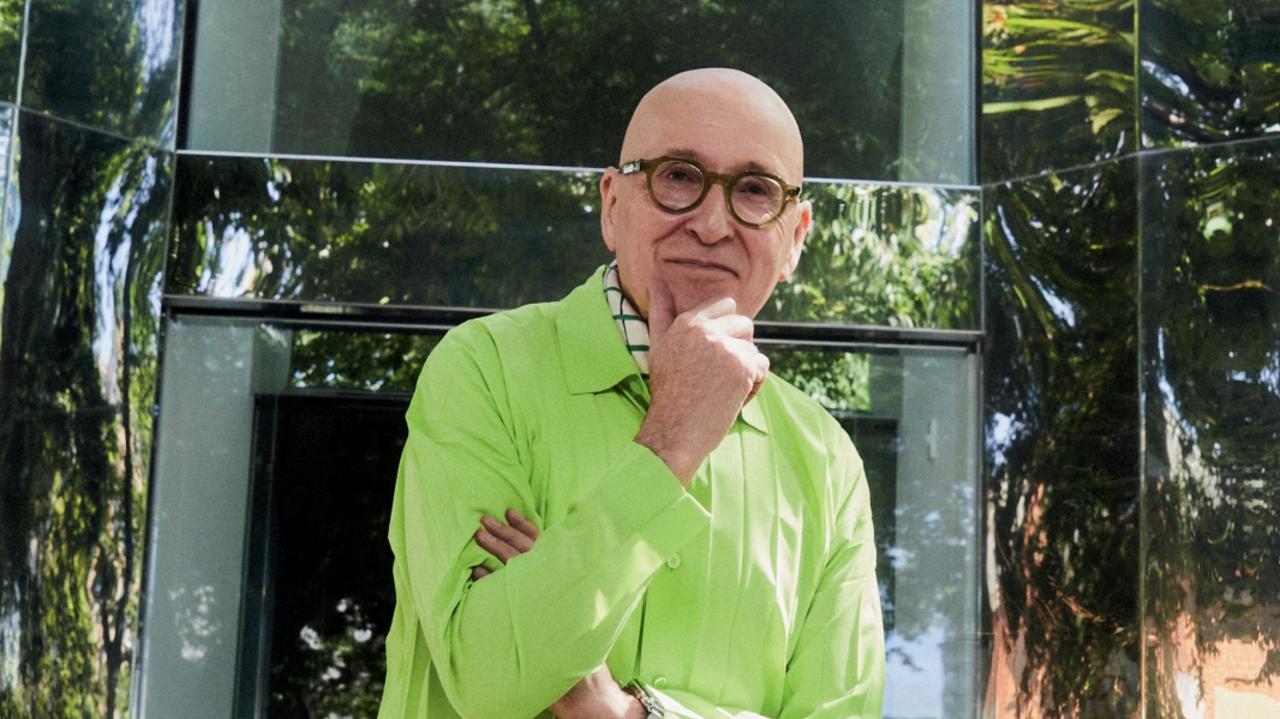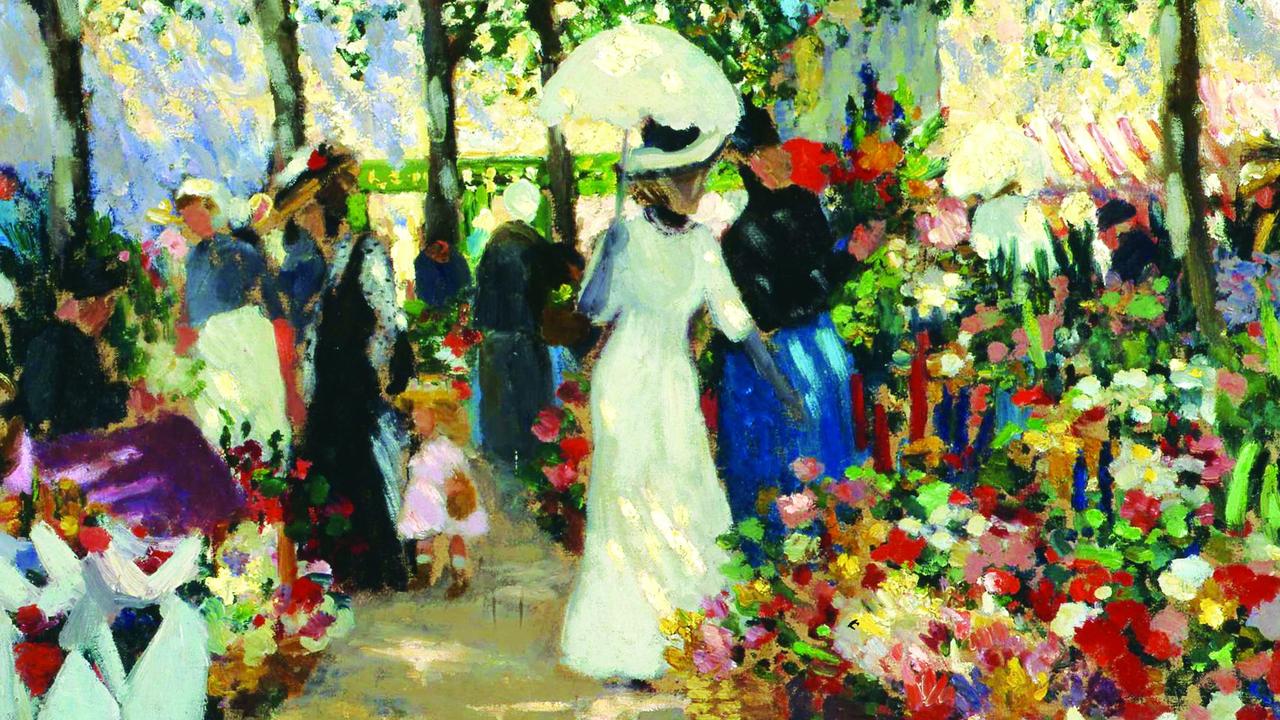Clarice Beckett family reunited in rediscovered artworks
After almost sixty years, Sharon Brennan has been reunited with the paintings of her great aunt, the acclaimed Australian modernist Clarice Beckett.
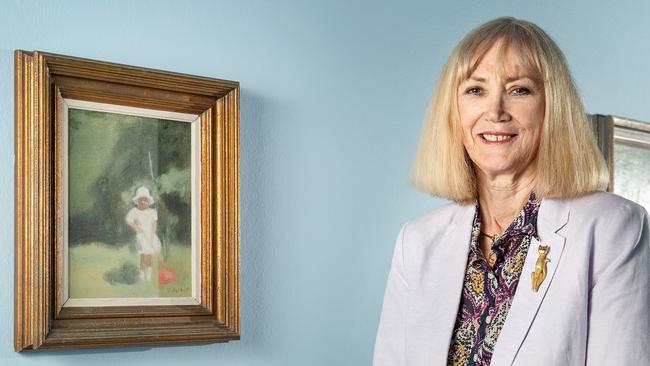
As soon as she saw the painting, Sharon Brennan was in no doubt: the elusive “butterfly catcher” was her mother.
Captured on canvas more than 90 years ago by acclaimed Australian modernist Clarice Beckett, the little girl was the artist’s niece Patricia — Ms Brennan’s mother.
Earlier this month, Ms Brennan visited a wide-ranging retrospective of her great aunt’s work at the Art Gallery of South Australia.
The exhibition includes portraits of her mother, Patricia Mangan — in The Butterfly Catcher — and her grandmother, Hilda Mangan.
“I could remember the photos as a child and you could tell it was my mother and grandmother almost immediately. The resemblance in their figures and facial features was very striking,” Ms Mangan said.
Plans for the exhibition began last year when curator Tracey Lock embarked on a nationwide search to recover some of Beckett’s most cherished works with the aim of displaying them in a retrospective, now believed to be the single biggest survey of the artist’s work since the 1930s.
After she put out a call in The Australian in December, an anonymous collector from Queensland came forward with two of Beckett’s most prized pictures, the elusive The Butterfly Catcher and the painting Bright Morning, both of which he agreed to loan to the AGSA for the duration of the exhibition.
Ms Brennan said the chance to reunite with the pieces and identify her mother and grandmother was a moving experience. “Clarice’s paintings were all over the walls of our house in North Winton, near Benalla, and Mum would affectionately refer to them as ‘aunty’s paintings’,” she said.
“The portraits of my mother and the two of my grandmother were personal highlights … it’s a pity they weren’t alive to see it. They would’ve been very proud to see Clarice’s work presented in such a beautiful way.”
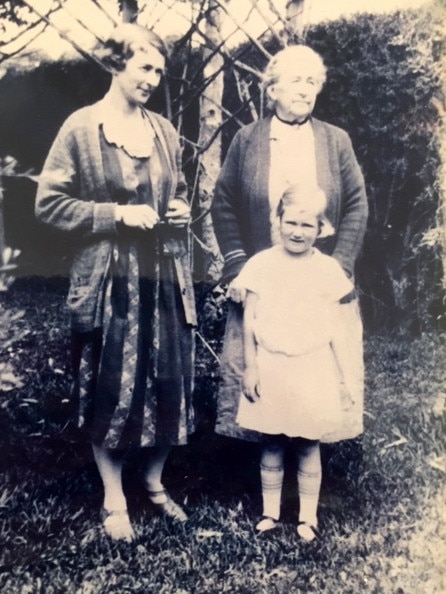
Beckett, who died at 48, is today regarded as a leading exponent of Australia’s modernist movement, especially the so-called tonalist school of art, which featured such prominent artists as Max Meldrum, Colin Colahan and William Frater.
In the interwar period, she established herself an influential figure in the modernist movement after studying under Frederick McCubbin and then going on to produce her best loved works, including Motor Lights, Sandringham Beach and Evening, St Kilda Road. Yet despite her importance, her artwork fell into obscurity, with her reputation fading by the beginning of World War II.
“After her death, her flame was extinguished virtually overnight,” Lock said. “Some of her pieces went into storage, some went missing and, of course, women were often seen as dabblers at the time rather than serious artists.”
The aim of the exhibition was not only to reinstate Beckett as a leading figure in the history of Australian modernism but to place her within a broader international context, she said.
Due to popular demand, the gallery will extend the exhibition, Clarice Beckett: The Present Moment, until May 23.


